Japan will receive international help with the cleanup at the Fukushima atomic station once it joins an existing treaty that defines liability for accidents at nuclear plants, U.S. Energy Secretary Ernest Moniz said.
The treaty, known as the Convention on Supplementary Compensation for Nuclear Damage, assigns accident liability to plant operators rather than equipment and technology vendors, Moniz said in a Nov. 2 interview in Tokyo. The treaty includes setting up a fund for victims of nuclear accidents and a standard for compensation claims.
Japanese Prime Minister Shinzo Abe, Trade Minister Toshimitsu Motegi and other officials showed an “eagerness” during meetings last week for expertise from abroad to decommission the Fukushima plant, Moniz said. Such help will be easier to secure once Japan ratifies the treaty, he said.
“As one gets into the real work, then these liability conventions become quite important,” Moniz said. “Certainly Prime Minster Abe and Minster Motegi both emphasize that the importance of moving on this in 2014 is to a large extent driven by their openness and their desire to get as much international help as they can.”
Moniz was in Japan to discuss cooperation on the Fukushima cleanup and the country’s plans to ratify the treaty. His visit coincided with calls for a larger government role in the response to the 2011 disaster at Tokyo Electric Power Co.’s plant. The station is the site of the worst nuclear accident since Chernobyl and in recent months has been hit by weekly reports of radioactive water leaks and accidents.
Compensation Claims
The Compensation for Nuclear Damage treaty was adopted in 1997 under the International Atomic Energy Agency and had 16 signatories as of June 24 this year, including the U.S., India and Italy.
At least five signatories must ratify the treaty to enact it. So far, the U.S., Romania, Morocco and Argentina have ratified. So Japan joining would bring it into force, Moniz said.
Legislation ratifying the convention could be introduced to parliament early next year, Foreign Minister Fumio Kishida told reporters on Nov. 1, Kyodo news reported.
Under the pact, a company such a Irvine, California-based Kurion Inc., which possesses technology for removing the radioactive isotope tritium from contaminated water, could deploy its technology at the Fukushima plant, Moniz said.
Liability would rest with Tepco, as the plant’s operator is known, he said.
Tritium Removal
Tritium is among the contaminants found in hundreds of thousands of tons of water stored in more than 1,000 tanks at the site. Those levels are rising at a rate of 400 tons a day as groundwater seeping into basements mixes with cooling water that has been in contact with highly radioactive melted reactor cores.
While Tepco has had treatment systems in place for removing the contaminant cesium since shortly after the March 2011 disaster at the plant and is testing a filter to remove the radioactive element strontium, it has no means of removing tritium.
Other companies that could assist Tepco are builders that have worked at U.S. nuclear sites and specialists in cleaning groundwater and controlling its flow, Moniz said without identifying particular businesses.
Moniz said the liability pact has so far not been needed by foreign companies because there’s been little direct engagement between such businesses and Tepco, although some U.S. entities have helped the utility in a consultative role.
Research Centers
A scientist at the Savanna River National Laboratory under the Energy Department is helping Japan’s International Research Institute for Nuclear Decommissioning vet proposals from international entities seeking participation in the plant’s decommissioning and cleanup, he said
Tepco is holding talks with the Savanna River Laboratory and the Pacific Northwest National Laboratory, another Energy Department research center, on getting help with groundwater management, removing fuel debris and other areas, the utility said in a Nov. 1 statement.
Tepco engineers have also visited the site of the Hanford Engineer Works weapons lab in Washington state, where the Energy Department has spent more than $16 billion since 1989 on cleanups, to evaluate whether methods used here could be applied at Fukushima.
“With the openness, I would say the eagerness, expressed by the Prime Minister and by a variety of other government officials to have international help, we see our laboratories certainly continuing to contribute and we see our companies being enabled to come in as well,” Moniz said.
–Editors: Peter Langan, Drew Gibson


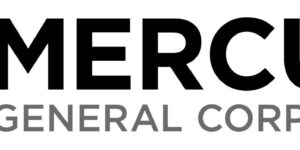

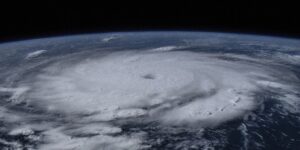
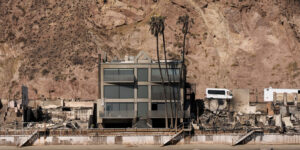


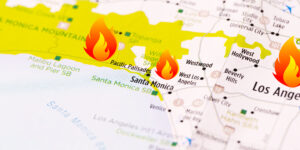






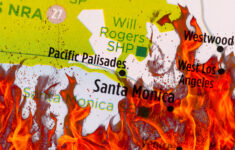





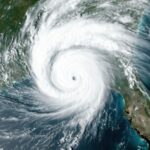 First 2025 Atlantic Hurricane Season Forecasts 7 Named Storms
First 2025 Atlantic Hurricane Season Forecasts 7 Named Storms 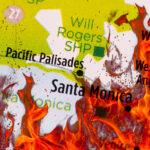 Los Angeles Wildfire to Have Limited National Economic Impact: Economists
Los Angeles Wildfire to Have Limited National Economic Impact: Economists 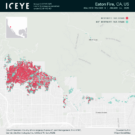 Too High? Too Low? BMS Analyzes Early Wildfire Insured Loss Estimates
Too High? Too Low? BMS Analyzes Early Wildfire Insured Loss Estimates 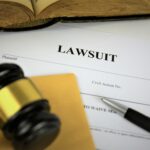 Palisades Fire Litigation: Suit Alleges LA Utility Mismanaged Water Supply
Palisades Fire Litigation: Suit Alleges LA Utility Mismanaged Water Supply 


